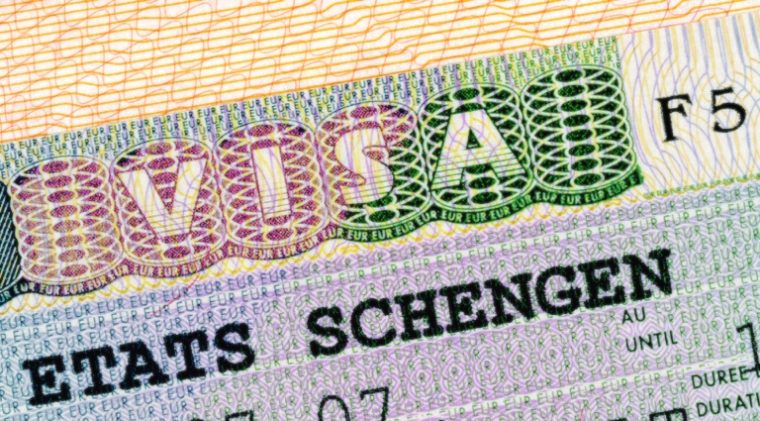The Visa Information System (VIS) is an EU database which connects border guards at the EU’s external borders with Member States’ consulates across the world. It provides visa issuing authorities with key information on applicants for short-stay Schengen visas while allowing border guards to detect travellers that may pose security risks.
Today’s proposal expands the scope of the VIS – notably by adding long stay-visas and residence permits to the system – in full respect of data protection rules, to ensure that these authorities have the information they need, when they need it.
Currently no information is held at EU level on long-stay visas and residence permits. The proposed upgrades will extend the scope of the VIS to also include such information. This will allow border guards to quickly determine whether a long-stay visa or a residence permit used to cross the Schengen external borders is valid and in the hands of its legitimate holder – closing an important security gap;
All visa applications recorded in the VIS will now be automatically checked against all other EU information systems for security and migration, such as the newly established Entry-Exit System (EES), the Schengen Information System (SIS) and the European Criminal Records Information System (ECRIS), through a Single Search Portal. This obligatory crosscheck will detect applicants using multiple identities and identify anyone posing security or irregular migration risks;
Commissioner for Migration, Home Affairs and Citizenship, Dimitris Avramopoulos said: “Every year, millions of non-EU nationals enter the EU with a visa, be it for a short stay or for a longer period. With the upgrade of the Visa Information System, we will remove blind spots in our information systems and give visa authorities and border guards the information they need to do their job properly. Criminals and potential terrorists should not be able to come to Europe unnoticed. Europe is not a fortress – but we need to know who is crossing our borders. It is our responsibility to ensure the safety of European citizens and build a Europe that protects while not hampering mobility for those travelling to the EU in good faith.”
Read more here





